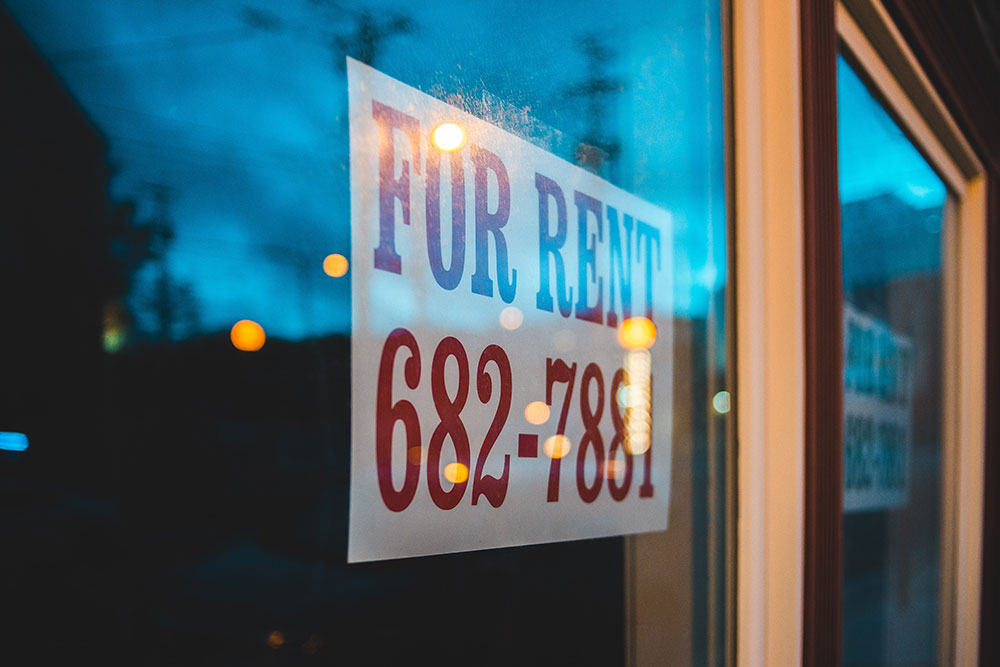Maria, a mother who has lived in Sonoma Valley for over a decade, lost hours at work due to Covid-19 and worries about the pandemic’s long-term effects on the children in her community.
As Covid-19’s economic impacts drive many vulnerable residents back to work even as Sonoma County’s caseload begins to skyrocket, those children may be left at home while their parents attempt to pay off debts accrued during the shutdown. Maria asked to use a pseudonym to protect her identity.
“We’re not going back to work for pleasure; we’re going back out of sheer necessity,” Maria, who speaks Spanish, told the Bohemian through a translator. “We are risking exposure to pay for our needs.”
Although she has not yet heard of anyone being evicted in Sonoma Valley, Maria says she has heard of many landlords asking for several months of rent at one time for families who have fallen behind on payments. While they still have housing, these families wonder how they will ever repay the debt. So far, three and a half months into the shelter-in-place orders, this question has not been answered at any level of government.
In the North Bay, similar to the rest of the state, tenants and landlords are governed by a patchwork of temporary eviction-protection ordinances passed in late March. The rules have paused legal eviction proceedings for the duration of the pandemic plus a few months, depending on which county one lives in.
Although tenants who miss payments because of Covid-19 or related economic impacts are currently shielded from evictions, many are racking up thousands of dollars in rent debt due to missed payments.
Once the crisis is over, depending on a tenant’s county’s local protection, their landlord may begin eviction proceedings if the tenant can’t repay the debt quickly enough.
Although no one knows how long the pandemic—or the related economic impacts—will last, some protections and government payments are scheduled to stop in the coming months. Perhaps most important, the boosted unemployment payments offered under the CARES Act—an additional $600 per week on top of state unemployment benefits for those who qualify—are set to expire at the end of July.
The situation is even worse for undocumented workers and others who don’t qualify for unemployment benefits. North Bay governments and nonprofits distributed hundreds of thousands of dollars in direct aid for rent and other costs, but the funds were used up very quickly.
In May, Gov. Gavin Newsom established a $125 million fund for California’s two million-plus undocumented residents. In the end, only about 250,000 undocumented residents, a fraction of the two-million-plus estimated to live in the state, will receive $500 one-time payments.
Under the current rules, all of these overlapping factors could lead to a wave of evictions once the pandemic is declared over and the protections disappear.
In the early days of Covid-19 shelter-in-place orders, when the Multicultural Center of Marin (MCM), a San Rafael-based nonprofit, surveyed over 150 Canal residents, three quarters said paying rent was their biggest concern.
Three months later, that problem still hangs over tenants. While Douglas Mundo, MCM’s executive director, is quick to thank Marin County and state officials for extending the eviction protections, he fears that, at some point, the tenants will be at risk of eviction due to the rent debt.
“Even with all of those resources (from the county and nonprofits), it’s not enough,” Mundo says. “This is going to be longer than we expected… We don’t know how long this will last.”
A longer version of this article is available online.








